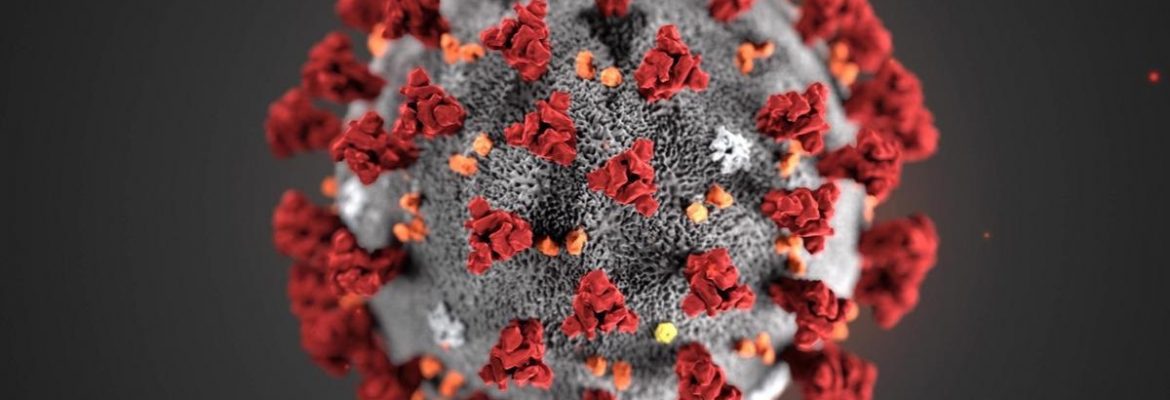Novel SARS-CoV-2 strains found to have low impact on CD8 T lymphocytes
In a recent study posted to the bioRxiv* pre-print server, researchers investigated the impact of mutations in the severe acute respiratory syndrome coronavirus 2 (SARS-CoV-2) variants of interest (VOI) and variants of concern (VOC) on the properties of the cluster of differentiation 8 (CD8) T lymphocytes.

Background
Mutations, especially in the spike (S) protein of SARS-CoV-2, have led to the emergence of new SARS-CoV-2 strains with enhanced transmissibility and infectivity. These mutations can alter immune protection conferred by natural infections and vaccines. Thus, it is important to decipher the impact of variant-specific mutations on the serological immunity of the host.
Previous studies have reported on the cross-reactive T-cell immunity against SARS-CoV-2 with improved viral clearance, decreased infection severity, fewer reinfections, and improved overall patient survival. However, systematic reviews on the effects of the SARS-CoV-2 strain-specific mutations on the memory CD8 T lymphocyte properties are lacking.
About the study
In the present study, researchers investigated the effects of SARS-CoV-2 strain-specific mutational changes in T lymphocyte epitope properties such as sequence similarity, binding affinity to human leucocyte antigens (HLA), immunogenicity, and the probability of T lymphocyte receptors’ cross-identification of epitopes across the SARS-CoV-2 strains. The VOCs assessed were Alpha, Beta, Gamma, Delta, and Omicron whereas the VOIs assessed were Lamba, C.37, Mu, Delta Plus, and AY 4.2. The SARS-CoV-2-Wuhan-Hu-1 strain was considered as the reference strain in this study.
Pan-proteomic and S-specific analyses were performed to assess the protection conferred by natural infection and vaccines, respectively. The strain-specific mutations that were detected in 75% of the Global Initiative on Sharing All Influenza Data (GISAID) database sequences of the corresponding Phylogenetic Assignment of Named Global Outbreak (PANGO) lineage were enlisted.
The T lymphocyte SARS-CoV-2-specific epitope pairs (of reference and variant epitopes) were parsed using data of SARS-CoV-2 S and non-S specific (pan-proteomic) epitopes of coronavirus disease 2019 (COVID-19) patients with data downloaded from the Immune Epitope Database (IEDB). The mutations and the SARS-CoV-2 T lymphocyte recognized epitopes’ tables were intersected and any pools with overlapping peptides were removed from the analysis.
The sequence similarity between the epitope pairs was determined based on the biochemical properties of amino acids, and the IEDB clustering tool. The threshold for sequence identity was set at 80%. The T lymphocyte class I peptide-MHC (pMHC) immunogenicity prediction tool of the IEDB database was used to assess the immunogenic potential of the mutated epitopes.
A total of 93 unique T cell epitopes harbored one or more mutations, of which the HLA binding energy of 74 epitopes was assessed as half-maximal inhibitory concentration (IC50) values. In addition, the fold changes in binding affinity due to mutations were also calculated. Two-fold and 0.5-fold changes were interpreted as decreased and increased binding affinities, respectively, and those between these two values were interpreted as retained. The epitopes were found to bind 27 HLA alleles, with an average of three epitopes per allele.
Results
A total of 973 and 263 SARS-CoV-2-specific CD8 T lymphocyte pan-proteomic and S-specific epitopes were identified, respectively, of which 99% and 95% of the epitopes were not altered by variant-specific mutations, respectively. While the pan-proteomic mutated epitope pairs displayed a high degree of sequence similarity, the sequence similarity was significantly lower (<85%) for the S-specific epitope pairs owing to the presence of increased mutations in the Delta, AY.4.2, and Omicron variants.
The pan-proteomic mutated isotopes were most and least immunogenic for the Omicron and Lamba variants, respectively, whereas the S-specific epitopes were more immunogenic for the Alpha, AY.4.2, and Omicron variants. The S-specific epitopes’ HLA binding affinity was significantly lower for the Delta, Mu, and AY.4.2 variants.
The pan-proteomic mutated epitopes’ immunogenicity was either increased (47%), unchanged (28%), or decreased (24%). For S-specific mutated epitopes, the corresponding immunogenicity values were 63%,20%, and 15%, respectively. On average, 37%, 50%, and 12% of the pan-proteomic mutated epitopes displayed decreased, equivalent, and increased HLA binding affinity, respectively. The corresponding values for the S-specific epitopes were 48%,44%, and 6%, respectively.
To summarize, the study findings indicate that the S-specific epitopes were more profoundly impacted concerning sequence similarity, immunogenicity, and HLA binding affinity, compared to pan-proteomic epitopes. However, overall, the CD8 T cells demonstrated high cross-protective immunity induced by vaccines or natural infection.
The overall low impact of the mutations on CD8 T cell cross-recognition could be because SARS-CoV-2 mutations occur primarily due to changes in receptor binding affinity and antibody selection pressures exerted on the S protein, unrelated to T cell immunity.
*Important notice
bioRxiv publishes preliminary scientific reports that are not peer-reviewed and, therefore, should not be regarded as conclusive, guide clinical practice/health-related behavior, or treated as established information.
- Olga I. Isaeva, Steven L.C. Ketelaars, Pia Kvistborg. (2022). In silico analysis predicts a limited impact of SARS-CoV-2 variants on CD8 T cell recognition. bioRxiv. doi: https://doi.org/10.1101/2022.03.23.485487 https://www.biorxiv.org/content/10.1101/2022.03.22.485230v1
Posted in: Medical Science News | Disease/Infection News | Healthcare News
Tags: Allele, Antibody, binding affinity, Cell, Coronavirus, Coronavirus Disease COVID-19, covid-19, immunity, Influenza, Lymphocyte, Omicron, Peptides, Protein, Receptor, Respiratory, SARS, SARS-CoV-2, Severe Acute Respiratory, Severe Acute Respiratory Syndrome, Syndrome, T Lymphocyte, T-Cell

Written by
Pooja Toshniwal Paharia
Dr. based clinical-radiological diagnosis and management of oral lesions and conditions and associated maxillofacial disorders.
Source: Read Full Article
